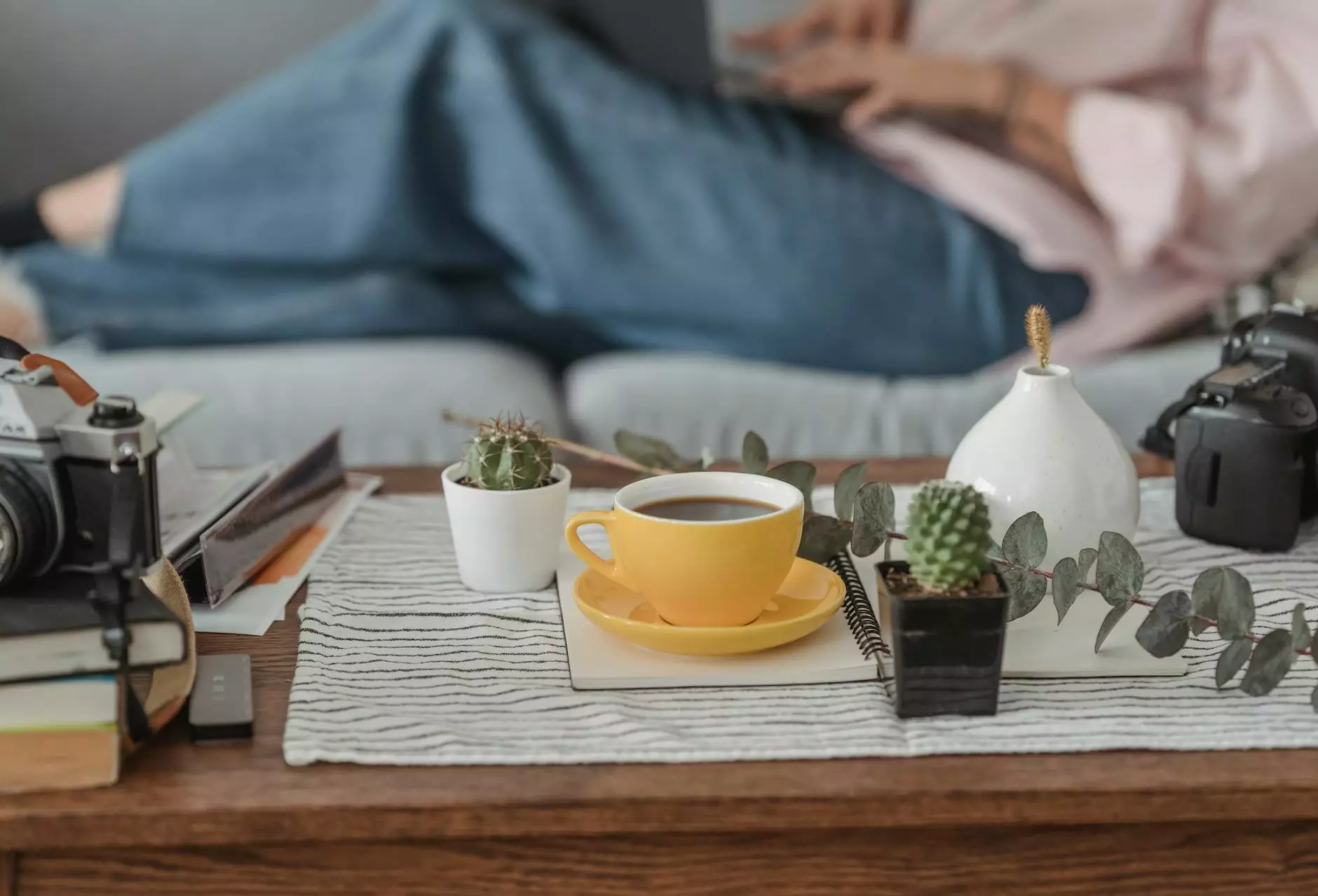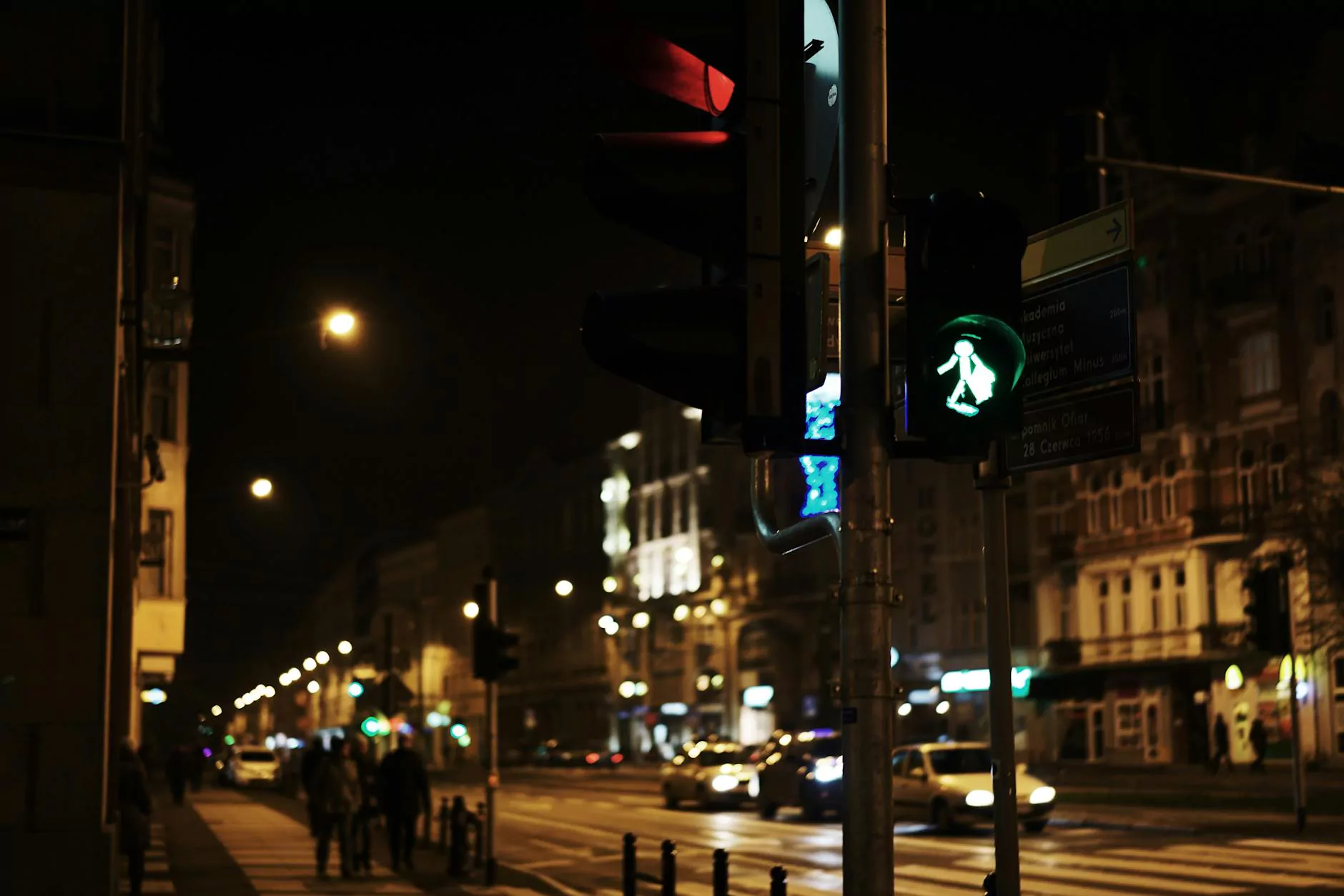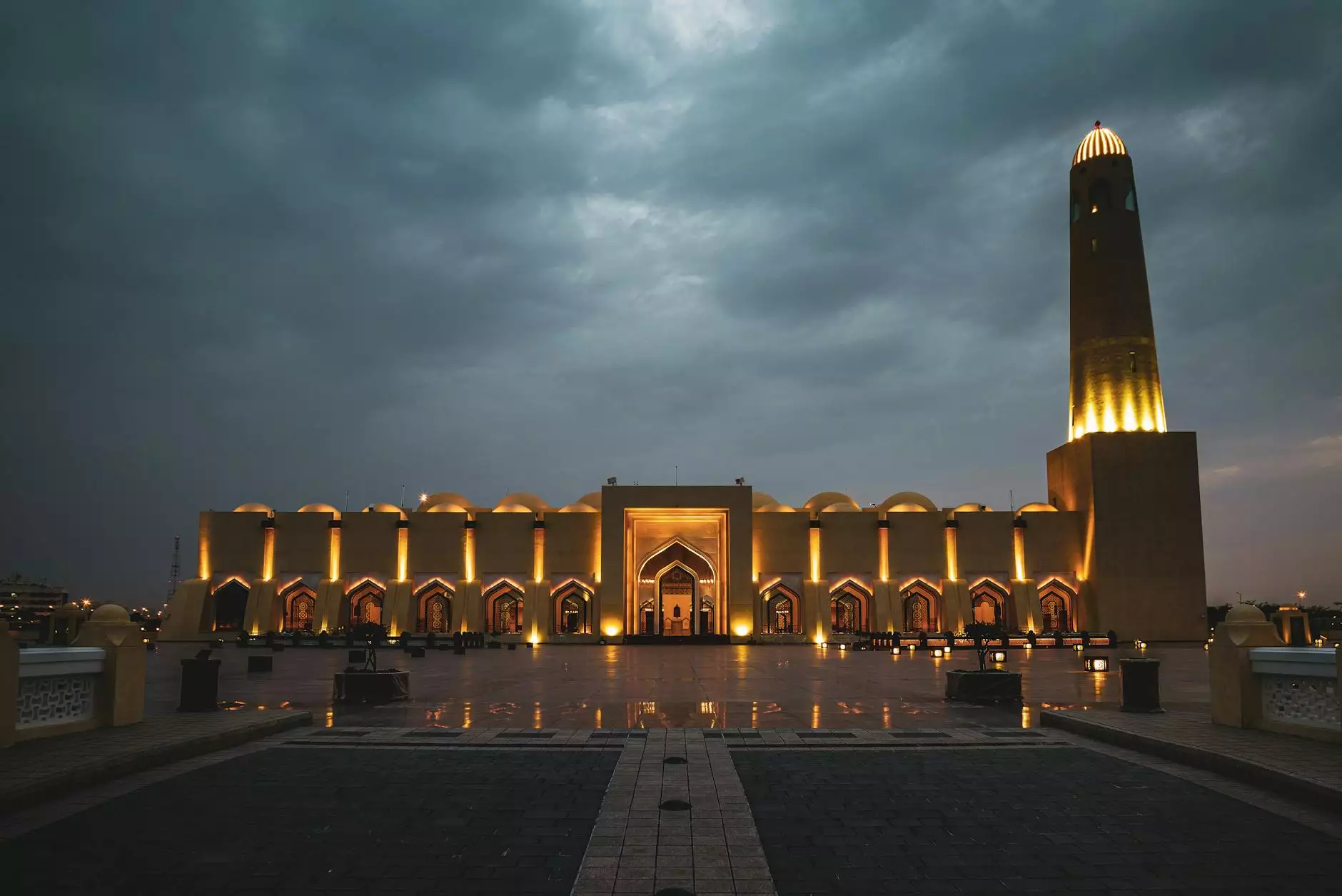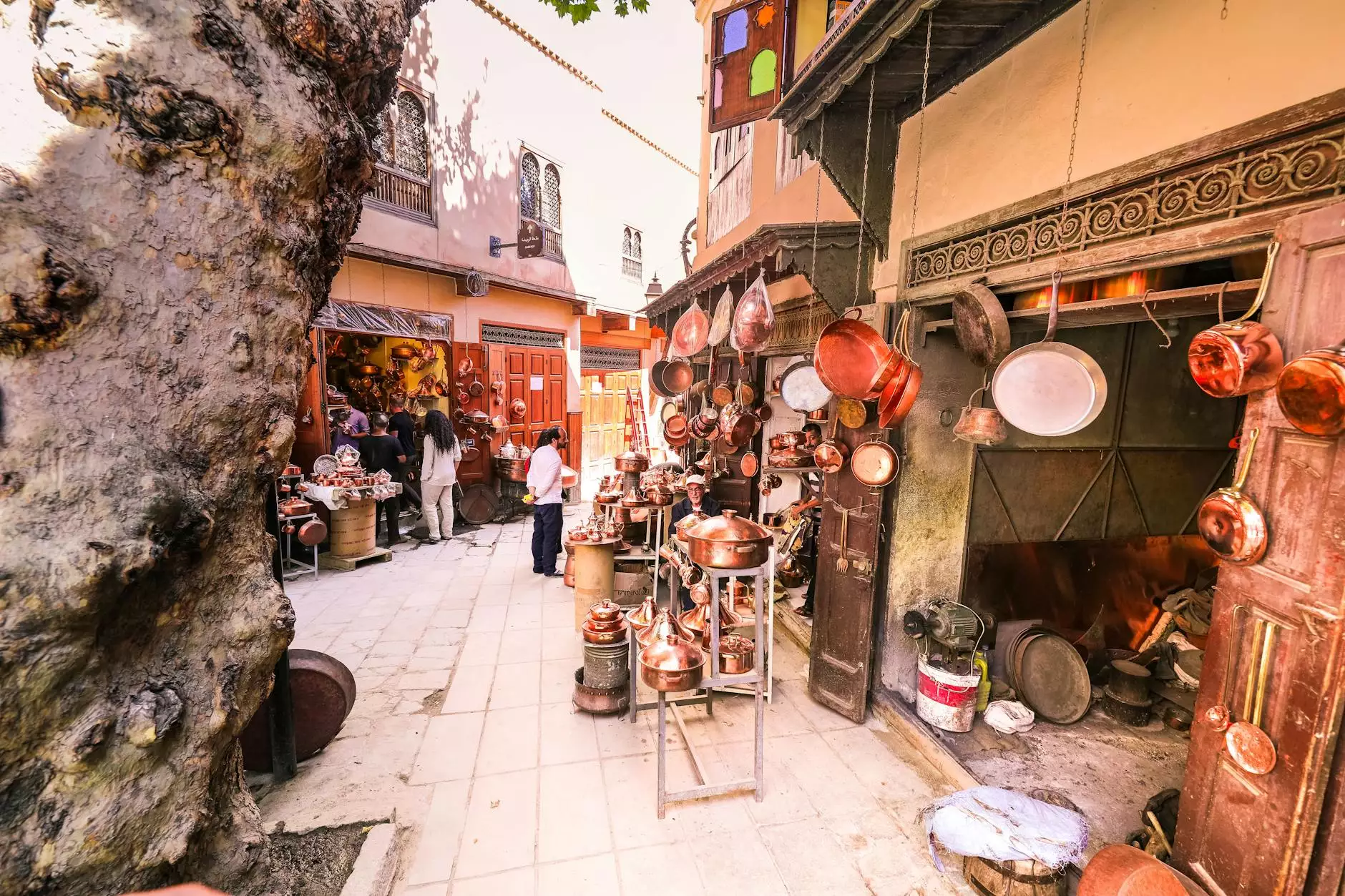EXPERT PHOTOGRAPHERS TIPS

Introduction
Welcome to our comprehensive guide on expert photographers tips. This resource is designed to help photography enthusiasts, beginners, and professionals alike elevate their photography skills and take their craft to the next level. From composition techniques to lighting tricks, post-processing insights to gear recommendations, we aim to equip you with valuable knowledge and industry insights that will set you apart.
Composition Techniques
Composition is a fundamental aspect of creating captivating photographs. It involves the arrangement and placement of elements within the frame to create balance, harmony, and visual interest.
1. Rule of Thirds
The rule of thirds is a tried and tested composition technique. Divide your frame into nine equal parts using two horizontal and two vertical lines. Place important elements along these lines or at their intersections to create a more visually appealing composition.
2. Leading Lines
Leading lines are elements within the frame that guide the viewer's eye towards the main subject. Utilizing natural lines such as roads, fences, or architectural elements can add depth and visual interest to your photographs.
Mastering Lighting
Lighting plays a crucial role in photography. Understanding different lighting conditions and learning how to manipulate light can significantly enhance the visual impact of your images.
1. Golden Hour
The golden hour refers to the period shortly after sunrise or before sunset when the light has a warm, soft quality. This time of day often creates beautiful, flattering illumination for outdoor photography.
2. Backlighting
Experimenting with backlighting can add a stunning visual effect to your photographs. Silhouettes, sunbursts, and enhanced depth can be achieved by positioning your subject against a bright light source.
Essential Gear Recommendations
Having the right gear can make a significant difference in the quality of your photographs. Here are some essential items that every photographer should consider:
- A high-quality DSLR or mirrorless camera
- A versatile lens with a wide aperture for creative depth of field
- A sturdy tripod for stability and long-exposure shots
- A set of neutral density filters to control exposure in bright conditions
- A reliable camera bag for easy transportation and protection
Post-Processing Tips
Post-processing is an essential part of digital photography. It allows photographers to fine-tune their images and bring out the best in their captures.
1. RAW Editing
Working with RAW files provides greater flexibility and control over the final image. RAW files retain more information and allow for non-destructive editing, resulting in better overall image quality.
2. Experiment with Different Presets
Presets are pre-defined settings that can be applied to your images to achieve a specific look or style. Explore various presets and experiment with different settings to find the ones that best suit your creative vision.
Conclusion
By implementing the expert photographers' tips shared in this comprehensive guide, you'll be well on your way to enhancing your photography skills and capturing truly remarkable images. Remember, practice and experimentation are key to growth and discovering your unique style as a photographer.
We hope you found this resource valuable and wish you all the best in your photographic journey. Happy shooting!









